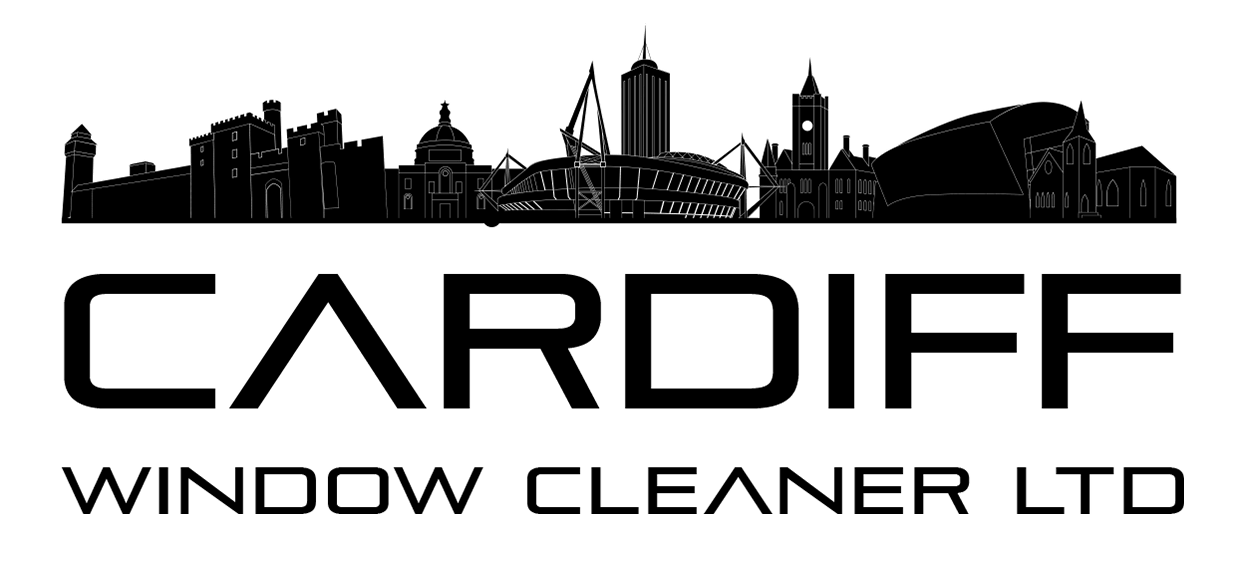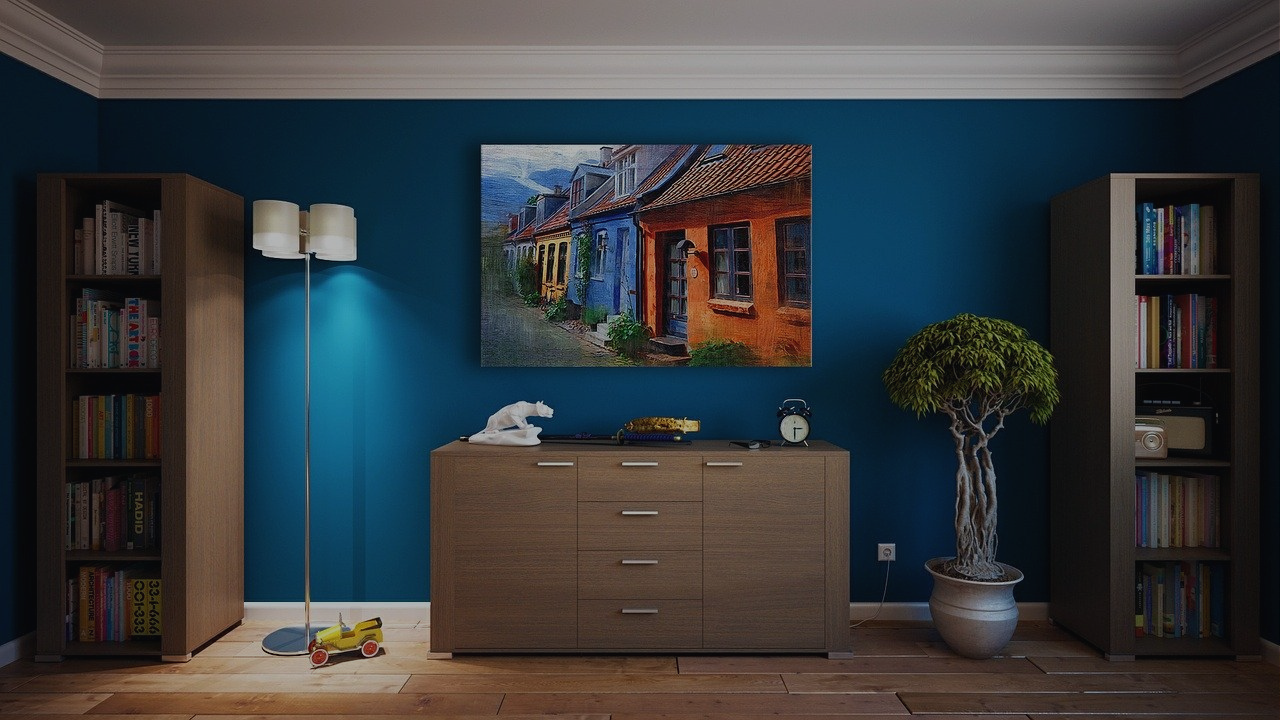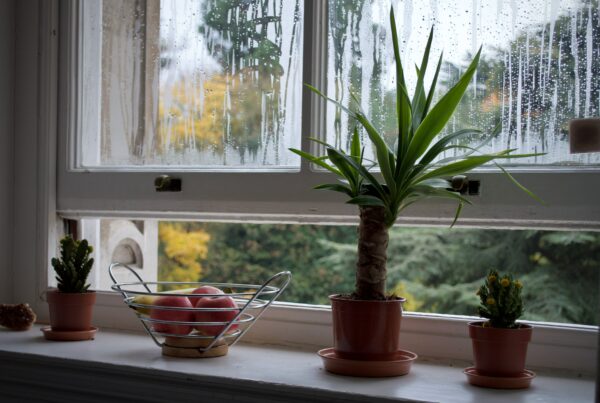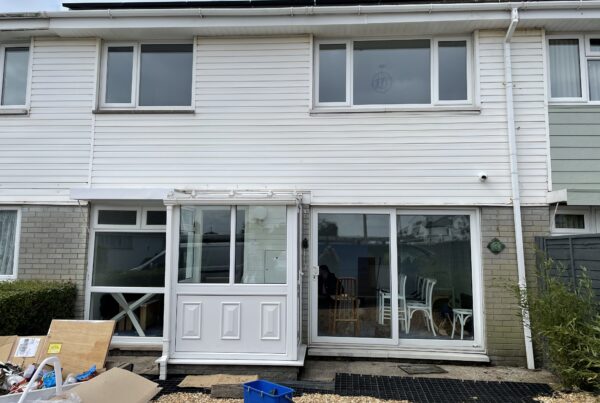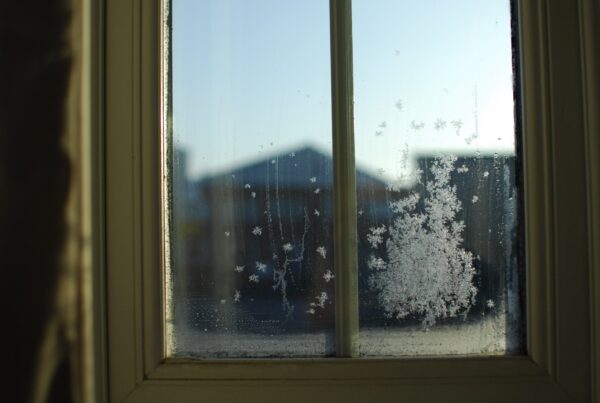Over time, even the most beautifully painted walls start to look dirty, whether through smudges, splashes, or a bit of redecorating via crayons done by your children. You may be thinking of doing a big spring clean and including your painted walls on that list.
There is a correct way to clean your painted walls without removing the paint or damaging the finish. Whilst the safest way to clean your walls is to get a professional soft washing it is suitable only for outdoors due to amount of water used. So if you have a few grimy spots on your walls inside the house, you will have to tackle the walls yourself so keep reading to learn the best ways to clean painted walls.
Things to Note Before Cleaning Painted Walls
- Do not clean your painted walls with alcohol or other chemicals as these ingredients can break down your paint surfaces and do more harm than good to your walls. Instead opt for a milder detergent to clean your painted walls and remember to test it out first on a small area of the painted wall.
- Line the floor with plastic where you’ll be working to prevent damage from excess water or spills.
- Add just enough detergent to create a few bubbles within the water bucket. Adding too much soap may cause the walls to become somewhat sticky thus attracting more dirt.
- Dip the sponge in the water and squeeze out excess water before using it.
- Start from the top left of the painted wall and work your way down, before moving and starting from the top again.
- Use a dry towel to wipe up excess moisture as you work.
- Opening windows can help speed up the drying process.
- Avoid taking breaks until you’ve completely finished a wall. Otherwise, you may leave visible streaks or lines indicating where you stopped washing.
Dust Before Cleaning your Painted Walls
Dust off any excess dirt before starting to clean painted walls, otherwise you will just spread the grime. You can do this using a lint-free cloth for easy to reach areas and then a soft broom with a rag over its bristles for areas you cannot reach. You can even use a vacuum.
Wash Painted Walls with Detergent
- Create a cleaning solution in a bucket using water and your mildest cleaning detergent.
- Use a sponge to apply the solution to your walls. Do not over soak the sponge. If you do, wring it out properly before cleaning as dripping can potentially leave water stains on your walls.
- Leave it for 5 to 10 minutes.
- Have a second bowl or bucket of clean water to hand so you can rinse off the soapy solution about 5 to 10 minutes after applying. This simple process should be enough to clean most painted walls.
- You may wish to repeat the process on the same area again, particularly if the painted walls are in the bathroom or kitchen.
Warm soapy water shouldn’t affect your paint, but just to be sure, test it on a small patch first. If you have recently painted your walls, then you should wait at least two weeks before you wash your walls.
Only need to do a bit of spot cleaning to your painted walls? Baby wipes are great for removing the odd dirty mark from your painted walls.
Clean Stubborn Marks Off Painted Walls with Vinegar
Need something a little stronger? White vinegar can clean off any stubborn stains or particularly grimy walls.
- Mix a cup of white vinegar with a bucket full of warm water.
- Dip the sponge in the solution, wring it out, and rub the mark in circular motions.
- No need to rinse off after.
For tougher stains, try a multi-purpose cleaner or baking soda diluted with water and follow the steps above. You might need to carefully apply light pressure for really stubborn marks. Remember to avoid any products that contain alcohol as they may ruin the paintwork.
Cleaning Mould off Painted Walls
High moisture levels and a lack of sunlight provide the right conditions for mold and mildew growth. However, you can clean mould off your painted walls with the following steps:
- Fill a spray bottle with water. Lightly spray the mold and mildew on the painted walls. This will prevent the mold spores from floating through the air.
- Fill a bucket with 1 gallon of hot water and 1 cup of bleach.
- Dip a sponge in the bucket and wring it out. Wipe the mold and mildew from the painted walls, rinsing in the bucket as necessary.
- Empty the bucket and rinse it out. Refill the bucket with clean water. Dip a new sponge in the water and wring it out. Wipe over the clean walls to remove any bleach residue. Rinse the sponge in the bucket as often as necessary.
- Dry the painted walls with a towel, removing as much excess water as possible. Leave the fan on to keep air circulating until the walls dry. This may take at least two days.
Use Mild Degreaser for Painted Kitchen Walls
Painted walls in the kitchen may get greasy over time so in addition to the steps to clean your painted walls, wiping down kitchen walls with a gentle degreaser can also help. Ensure that you follow the proper product instructions for the degreaser in order to avoid streak marks on your painted walls.
Remember not to use degreaser on satin, flat or eggshell paint finishes as it may damage the finish. Degreasers should only be used on gloss or semi-gloss paint finishes.
Maintain your Paint Finish
By regularly cleaning your painted walls, it will help your paint finish to last longer. It is not necessary to completely wash it, instead you can just use a duster or a soft brush to clean the walls regularly.
By following the appropriate steps above, you will be left with painted walls that look better and cleaner than before!
